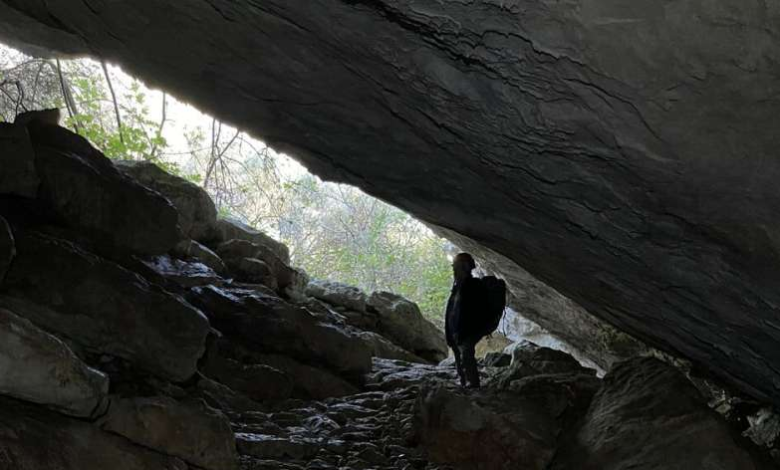5600-year-old submerged stone bridge reveals secrets about human existence

News Mania Desk/Sohom Chatterjee/6th September 2024
The recent discovery and study of an ancient submerged stone bridge in Genovesa Cave on Mallorca, Spain, by an interdisciplinary research team, led by University of South Florida’s (USF) geology Professor Bogdan Onac, has presented evidence of human existence long before believed to have been.
The new study, done in collaboration with Harvard University, the University of New Mexico, and the University of Balearic Islands, shed light on the human colonisation of the western Mediterranean and also revealed that human settlement happened earlier than believed.
Although previous research had confirmed human existence almost 9,000 years ago, inconsistencies and poor reservation of the radiocarbon-dated materials like nearby bones and pottery have raised doubts about these findings. But newer studies conducted on charcoal, ash and bones, that were found on the island, have led to believing that human settlement occurred around 4,400 years ago.
However, despite the lack of archaeological evidence to reconstruct early human colonisation of the Balearic Islands in the western Mediterranean, Professor Bogdan Onac and his associates came up with evidence of past human activity inside Genovesa Cave by examining a 7.7-meter (25-foot) submerged bridge.
Professor Onac said, “The presence of this submerged bridge and other artefacts indicates a sophisticated level of activity, implying that early settlers recognized the cave’s water resources and strategically built infrastructure to navigate it.”
Genovesa Cave, which is located near Mallorca’s coast, have passageways that are currently submerged under seawater due to sea level rise. In times of high tide, unique calcite encrustations form within the cave. These formations help them to accurately track past sea-level changes and date the bridges’s construction. The light-coloured band on the submerged bridge also help them to do so.
This finding aligns the timeline of human existence with significant environmental events such as the extinction of the goat-antelope Myotragus balearicus.
The researchers commented on this finding, “The history of the bridge construction appears to be closely associated with rapid Holocene sea-level rise just prior to 6,000 years ago and a brief sea-level stillstand that led to some upper sections of the cave being flooded.”
“According to our chronology, the sea-level rise ceased and remained stable for several hundred years between 5,964 and 5,359 years ago. During this time, the so-called phreatic overgrowths on speleothems (POS) formed in the cave lake, and a distinctive ‘bathtub ring’ developed on the bridge.”
“The building of the bridge likely began early during this period, when crossing the 0.25 m-deep lake required its construction. However, the structure must have been completed before 5,600 years when the upper part of the bridge became submerged.”
“Evidence indicates that humans constructed a stone-paved pathway leading to the cave’s water pool and a robust bridge, facilitating access to the only other dry section of the cave situated beyond the lake, in the Sala d’Entrada.”
“The exact reasons behind the construction of these structures in Genovesa Cave remain elusive.”
“Nevertheless, the chronological constraints posed by the depth of the bridge, coupled with the similar depth at which POS and the colouration mark occur, support the idea of an early human presence on the island by 5,600 years ago and potentially dating back as far as 6,000 years ago.”






